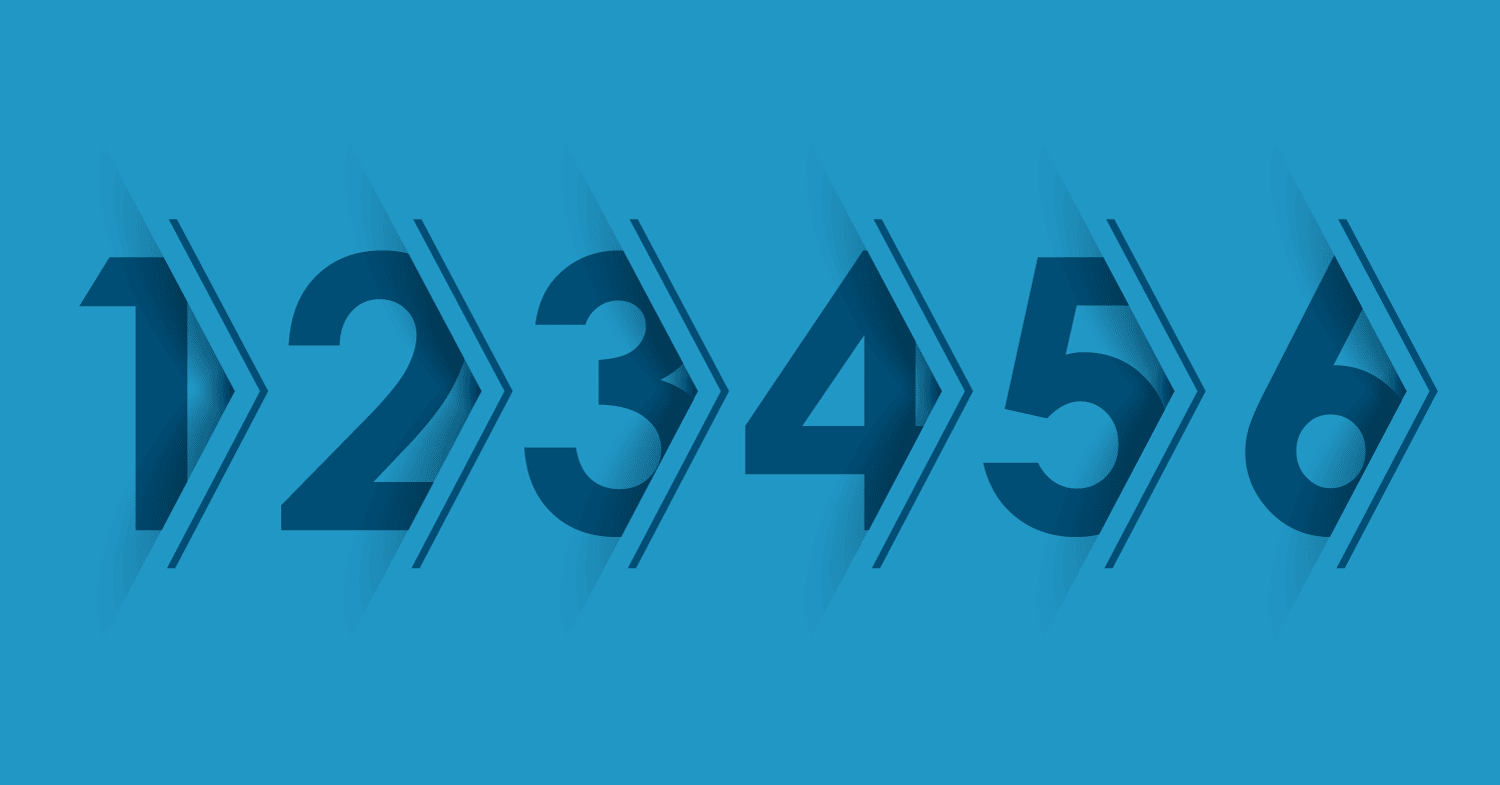When someone gets hurt and seeks restitution, the outcome is rarely certain, even though more than 90 percent of personal injury cases get settled before going to trial. No matter how much of a safe bet some cases might appear, practitioners and their clients must see things through to the end. By the same token, the steps in a personal injury lawsuit vary widely in each situation, making it imperative for attorneys to stay on their toes.
What should you – and your clientele – expect from the personal injury case process? Here’s what to know and a few suggestions on how attorneys can stay prepared.
Contents
The typical stages of a personal injury case
Every case is different, and those involving personal injury are no exception. That said, most of these incidents involve the following stages in one form or another:
1. The injured party files a personal injury lawsuit against the person or entity they believe to be responsible for their injuries.
2. The defendant is served with the lawsuit and has a certain amount of time to respond.
3. Both parties gather evidence and conduct discovery.
4. The case either goes to trial or gets settled out of court.
5. If the case goes to trial and a verdict is reached, the case may either be won or lost.
6. If they win their case, the injured party is typically awarded damages.
It’s important to note that this process isn’t always predictable. For instance, some attorneys may prefer to start collecting evidence before they file to minimize the effort they waste pursuing dead-end legal strategies – which can also help boost their reputation for honesty by making life simpler for their clients.
In some situations, cases may serve as the foundation for further legal steps, such as class-action lawsuits. It’s essential to keep close track of the details using effective personal injury case management software.
- There’s no predetermined timeframe for an injury case – Delays in the process can vary, particularly if the other party files an appeal or seeks an injunction to stop the proceedings.
- Most cases end in settlements, but those that go to trial may not always result in damages being paid.
What is a statute of limitations?
A statute of limitations is a type of law that sets a deadline for filing a lawsuit or prosecuting someone.
The key thing to remember is that waiting too long can destroy your chances of winning a case, and depending on where you file; you might have less wiggle room than you think. Jurisdictions typically enact distinct statutes of limitations for different legal issues, and there’s no unifying federal standard that governs these rules.
It’s critical to understand precisely which category your case falls under. For instance, the filing deadline for a case involving an injured employee’s on-the-job exposure to chemicals might differ from if a member of the public got hurt at the same place of business.
- Statutes of limitations restrict how long you have to file lawsuits.
- Each state’s – and the federal government’s – personal injury statute of limitations laws vary.
How can legal software simplify the personal injury lawsuit settlement process?
Legal matter management software helps move personal injury cases in the right direction. By giving lawyers easy access to relevant information – like medical records and evidence footage – software makes it easier to predict what might come next and prepare a valid response.
Personal injury software systems also empower attorneys to help their clients. For instance, using a personal injury settlements calculator can give a legal team a more accurate perspective on how much they stand to win, helping them address their clients’ real needs.
One of the biggest advantages of case management software lies in its capacity for legal communication management. Lawyers can manage emails, communicate internally to work more efficiently, and interact with clients conveniently. Best of all, they get to leverage these benefits from one convenient location, promoting effortless organization and far smoother workflows.
- Matter management software makes legal communication easier and more fluid.
- The most effective case software systems help attorneys keep track of everything from a centralized location or dashboard.
Does your personal injury case process work for your clients?
Navigating the many steps in a personal injury lawsuit can be incredibly challenging. Your work goes beyond filling out the right forms or filing paperwork in a timely fashion. You also need to work closely with the accident victims you’re representing and provide the holistic support they need to juggle the legal realities of their case while they try to recover.
Want to learn more about making the most of every chance to keep your clients informed, in the loop, and on the road to more satisfying case resolutions? Request your free demo of CloudLex today.

